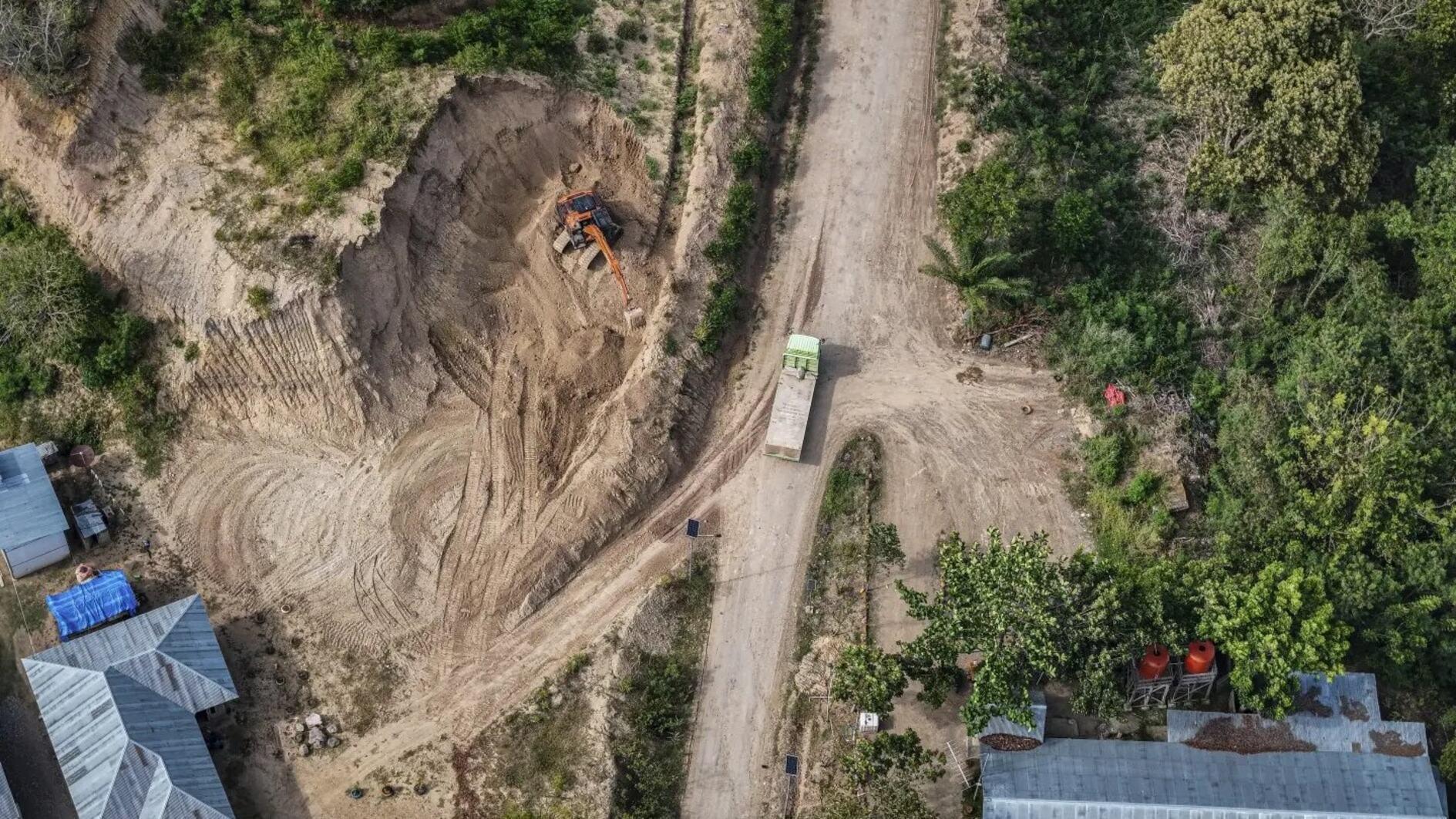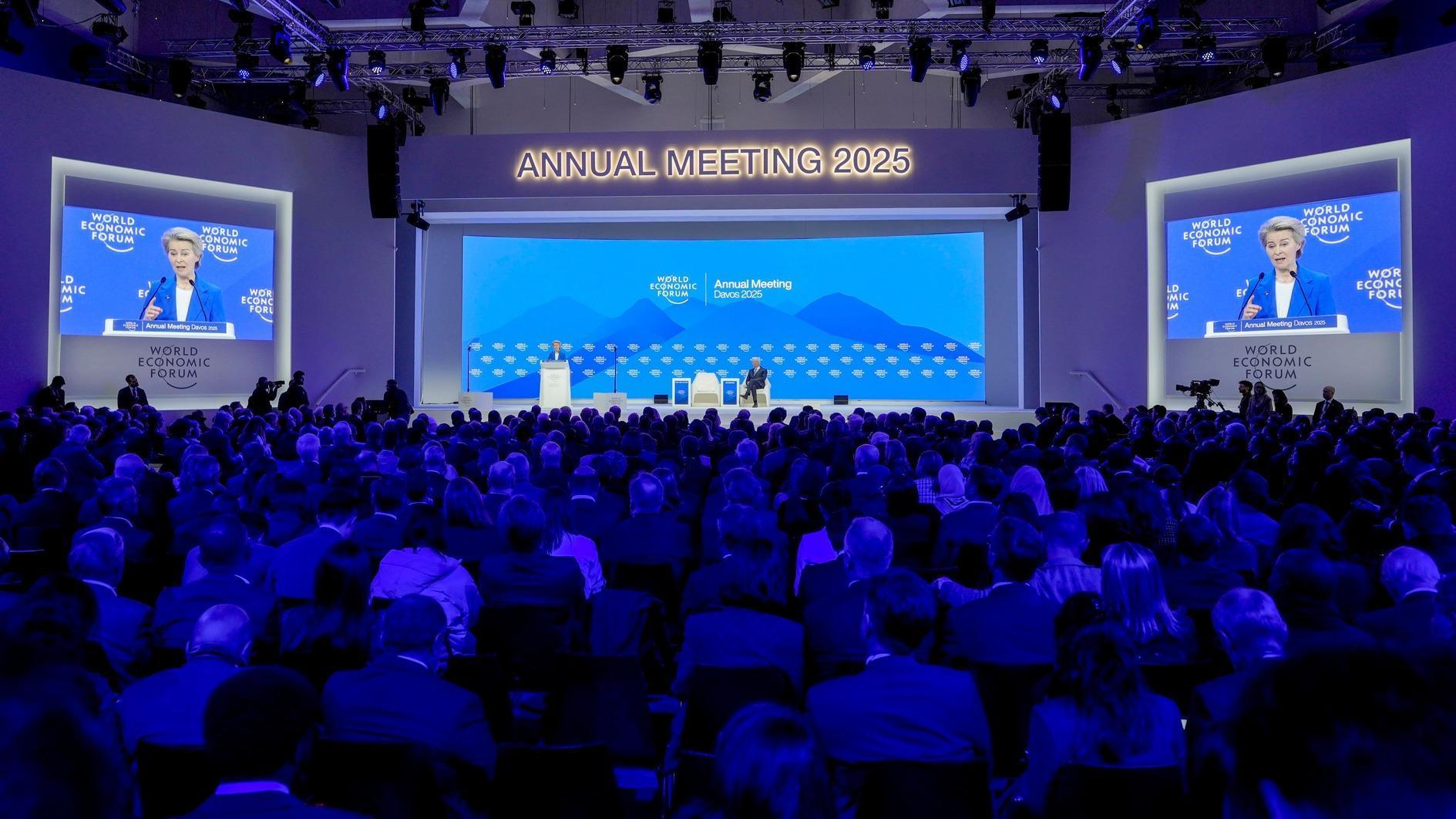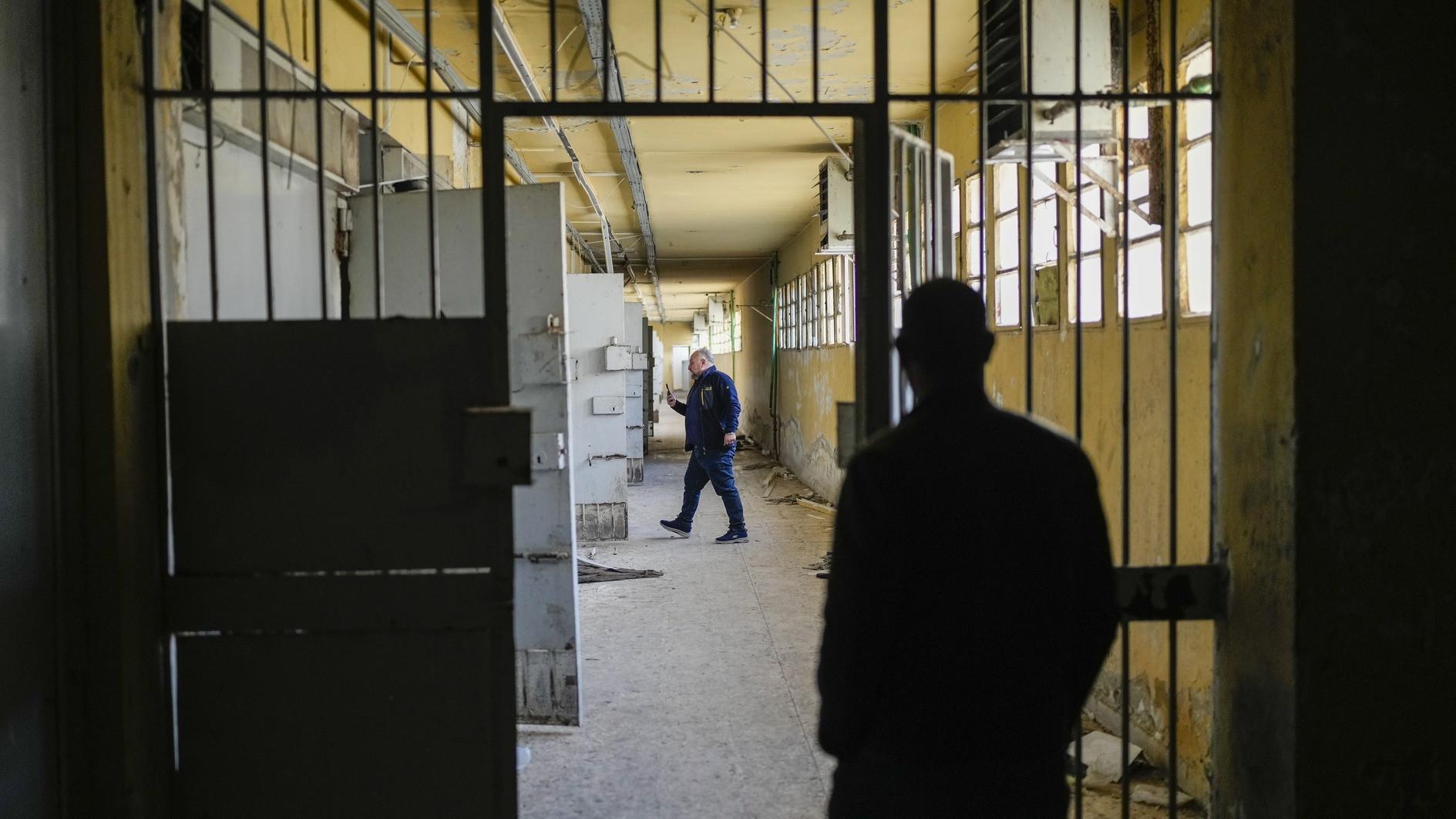A life devoted to ancient cities
ÇANAKKALE

Professor Erhan Öztepe, who for the first time came to the ancient city of Alexandria Troas, located close to the Dalyan village in the northwestern province of Çanakkale’s Ezine district, in 1986 as a university student, has devoted his life to this excavation area.
Öztepe, who received his education at Ankara University’s Faculty of Languages, History and Geography, Department of Archeology, graduated in 1988. He finished his master’s degree in 1991 and then went on to receive his doctorate in 1999.
Throughout his career, Öztepe received various positions at Çanakkale Archeology Museum and Ankara University where he had also worked in the Gülpınar excavation in Ayvacık, Salamis excavation and Zeugma projects in North Cyprus. He became a professor in the year 2018.
He was appointed as the head of excavations in the ancient city of Alexandria Troas in 2011 and has been conducting excavations and researches in the region for about 10 years.
Speaking to the state-run Anadolu Agency, Öztepe talked about his academic past in the field that he came to Çanakkale when he was only 19 as a student, and now he holds the position of the director of excavations for about 10 years and has been working in this region for 34 years uninterrupted.
“I can say it is almost a lifetime. We have been here for 34 years. Of course, we have an important task and we received a very good education. My dear teacher Coşkun Özgünel is one of the most important names in the archeology world. We are training a new generation, thanks to the education we receive from them. This is the case in all professions. I started from the bottom and have come to this point today by gaining years of experience in how an excavation should be conducted gradually and how it should be directed administratively,” he said.
Talking about science that it is a developing field where excavations and its conditions have changed a lot, and every day brings new challenges, Öztepe said, “We continue to learn new things, try to teach and train the next generation in the same discipline.”
Stating the tradition of master-apprentice relationship, he said, “It may seem a little weakened in many professions these days, but I think it is a very important factor and tradition must continue in order to perform professions in a healthy way and to transfer knowledge from generation to generation.”
Expressing that technology has developed a lot, and they are trying to keep up, Öztepe explained by giving the example of a washing machine, that today there is a washing machine in every home but there were no such facilities 20 years ago.

Talking about the time when they started excavations when the introduction of technology in excavation works was quite new, he said, “When we started there were no computers, but slowly laptops and desktop computers made their way, but they were not available in every excavation field.”
Speaking of how the excavation works have changed with the technology over time, he said, “Back then we used to make the drawings by measuring them one by one as if we were making a work of art, and it was very difficult to take an aerial photograph during the excavation, but now there is the thing we call a drone, we did not even think of it at that time.”
‘Our students are excited and enthusiastic’
Noting that he has been involved in excavations and archeology units since his student years, Öztepe said that he could see the same excitement in his students as well.
“Although many years have passed, I am currently experiencing the same excitement that I had during my student years. Right now, I see that excitement in my students as well. Of course, I spend all my effort on their development because as to take the initial step is very important. Apart from that, there are both professors at the university and other teachers in the field here and there who are also trying to teach them within the framework of their knowledge and methods they have just learned. I am sure some of these friends will replace us and these studies will continue,” he said.
Turkish archaeology at a good point
Öztepe said that the history of Turkish archeology started in Alacahöyük in 1938 after the foundation of the republic.
Stating that currently 120 excavations have been carried out by Turkish archaeologists and this figure has reached 500 with the field surveys, he said: “The number of archeology departments over the years has increased. Our teachers trained us, and we are now trying to train new students.”
Talking about the works of the Turkish archaeologists, he said: “The works done by these people have now reached to the point where it can compete with Europe and the world. I can easily say that, given the same opportunities, I don’t think that a Turkish scientist, a Turkish archaeologist is far behind a German, an English, a French or an American scientist.”
Ancient port turns into pink lake
The 2,000-year-old port of the ancient city has turned into a lake through time as it was disconnected from the sea.
Then it took the shape of a heart depending on the natural conditions. When the salt water in it turned pink at certain times of the year, a heart-shaped pink lake emerged. The heart-shaped lake, which is getting pink again nowadays, attracts the attention of visitors.
Öztepe said that the heart-shaped lake served as the inner port of the ancient city in the past and helped the large Roman city in the region grow for about 400 years.
















